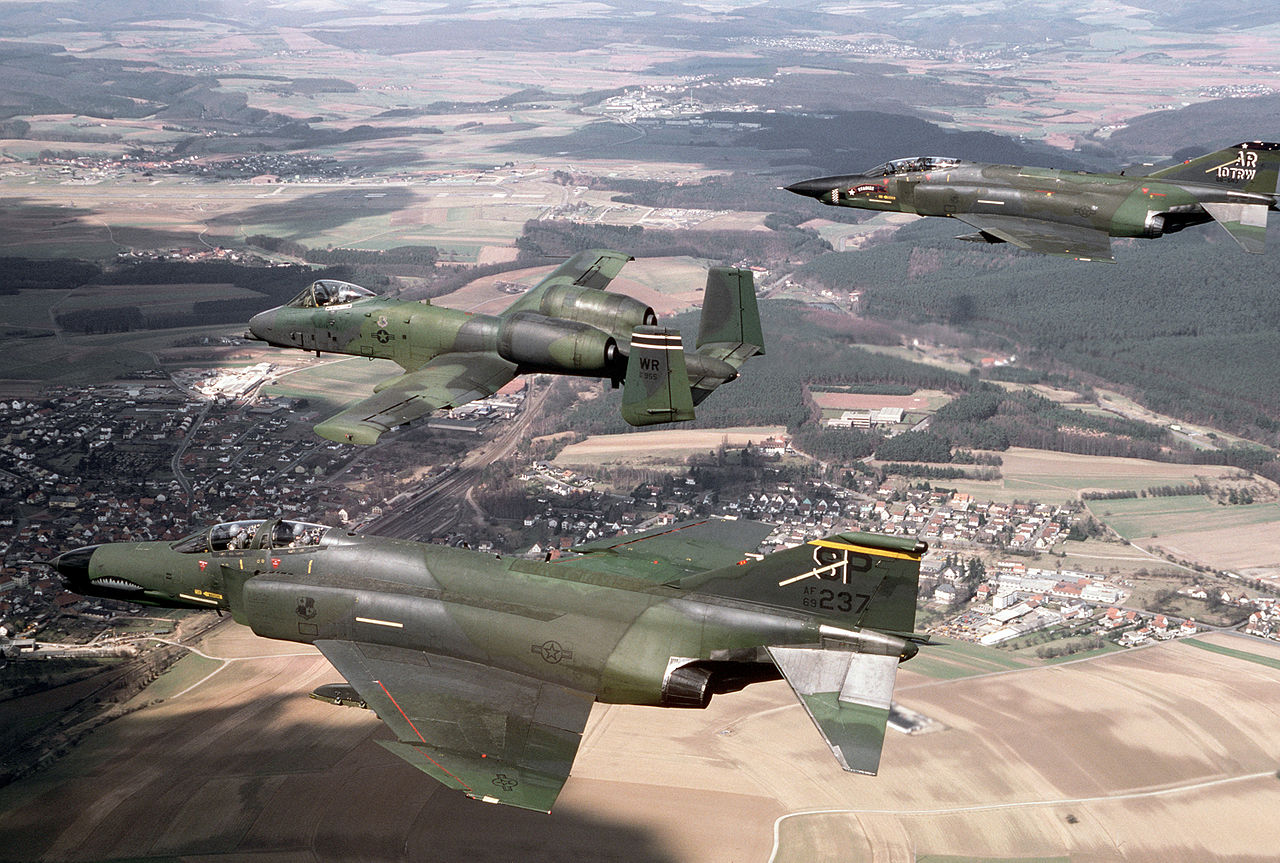
The F-4 Phantom, a fighter bomber par excellence developed by McDonnell Douglas, has a storied past marked by exceptional performance and wide-reaching adoption.
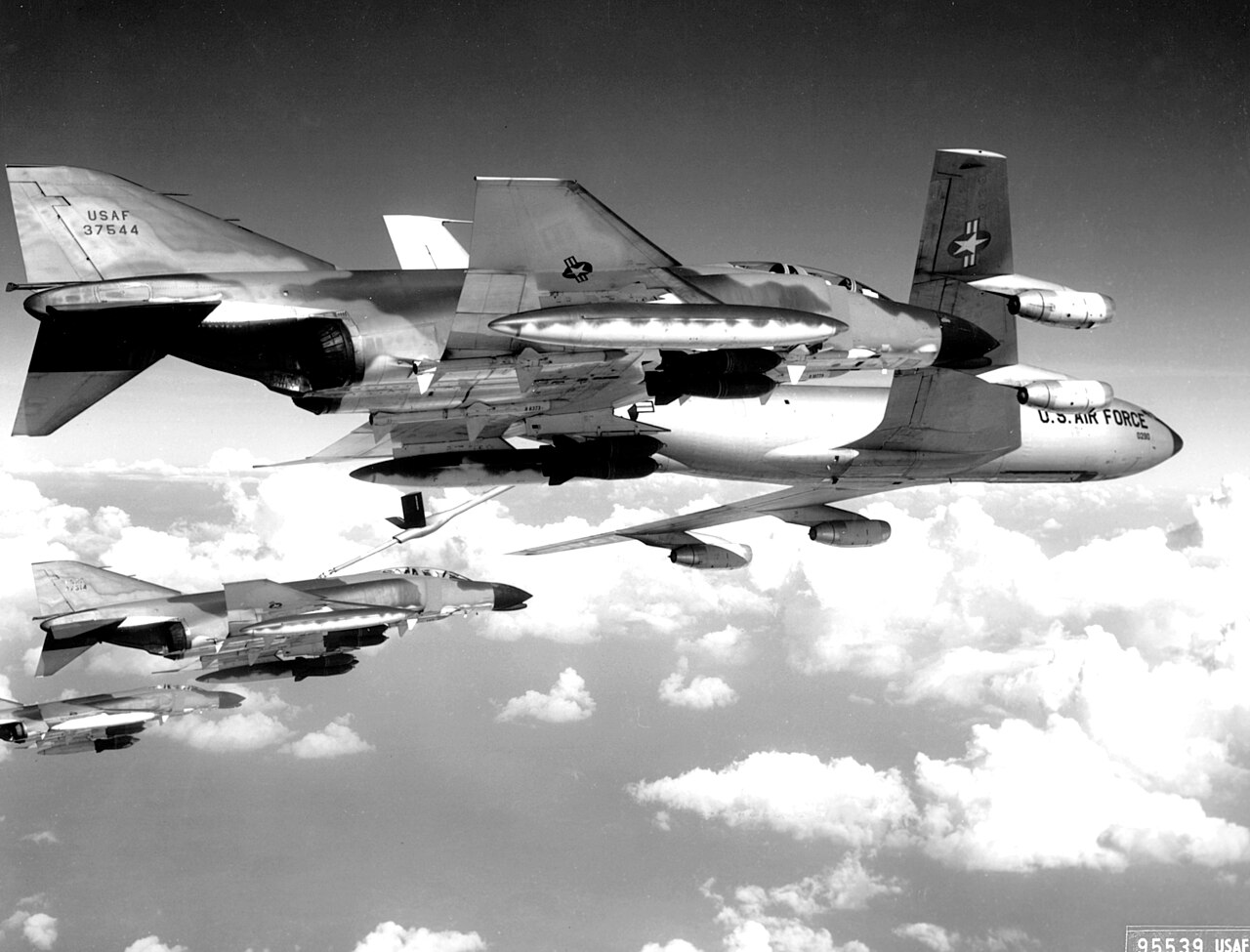
Entering service in 1961, the Phantom was a powerhouse with record-breaking altitude and speed milestones.

It demonstrated versatility across various branches of the U.S. military and found a home in the air forces of 11 other countries, including Israel.

The F-4X is a proposed high-speed reconnaissance variant of the F-4 Phantom intended for the Israeli Air Force.

This ambitious program aimed to endow the F-4 with greater thrust and reduced drag, pushing it to speeds that could rival or even surpass the fastest aircraft of its era.
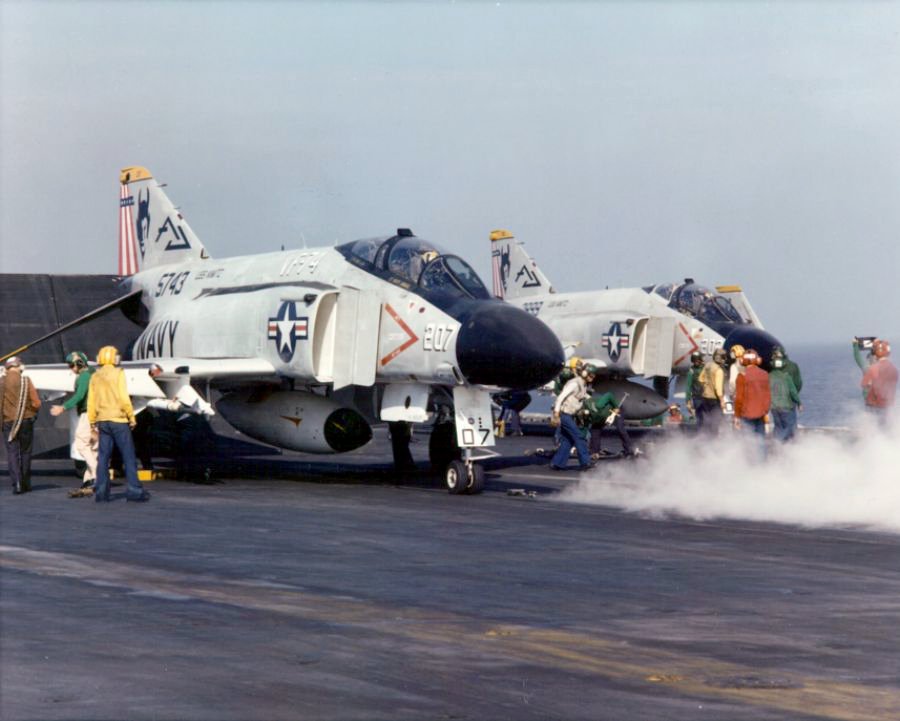
The F-4X genesis is traced back to the reconnaissance challenges faced by the Israeli Air Force (IAF) in the early 1970s.
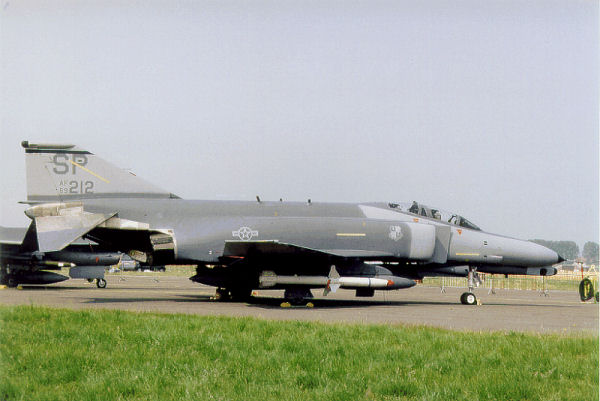
Soviet MiG-25 Foxbat overflights, performed at altitudes and speeds unattainable for the IAF’s then-current arsenal, sparked a dire need for a high-speed reconnaissance platform.
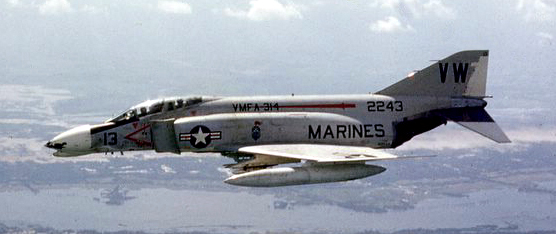
This pressing requirement led to the exploration of advanced technologies and the eventual conceptualization of the F-4X.
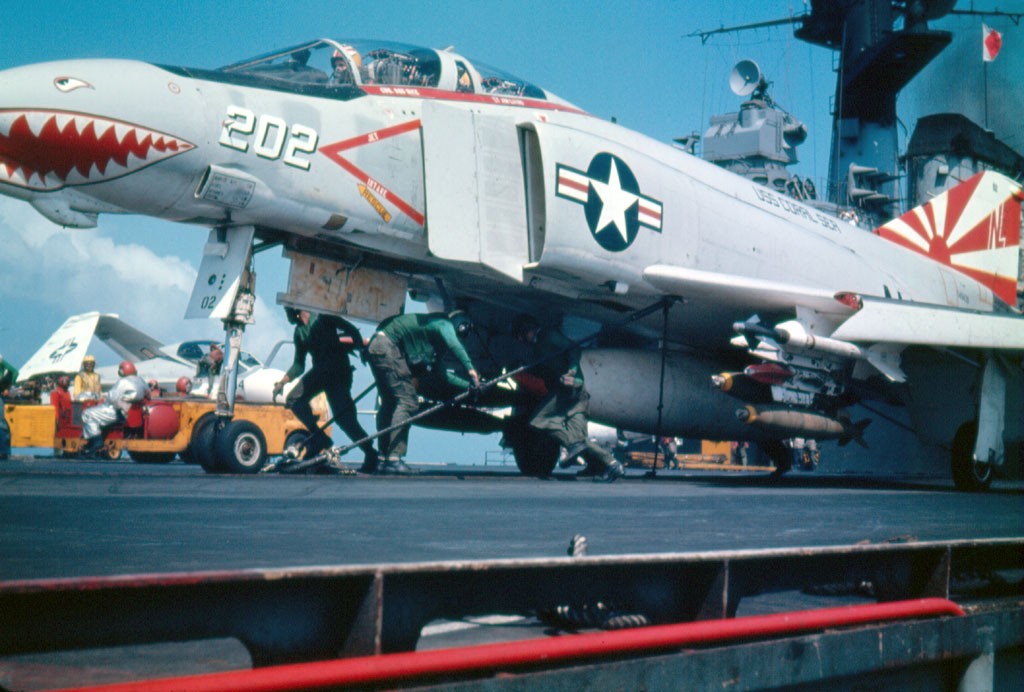
The F-4X was not merely an incremental update but promised a transformative performance leap.
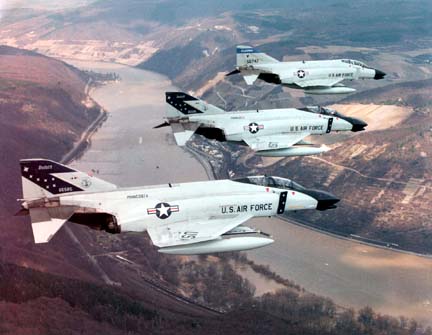
Demineralized water would be used for pre-compressor cooling (PCC) of the General Electric (G.E.) J79 engines, which, without getting into excessive technical detail, were calculated to increase the engines’ thrust by 50%.
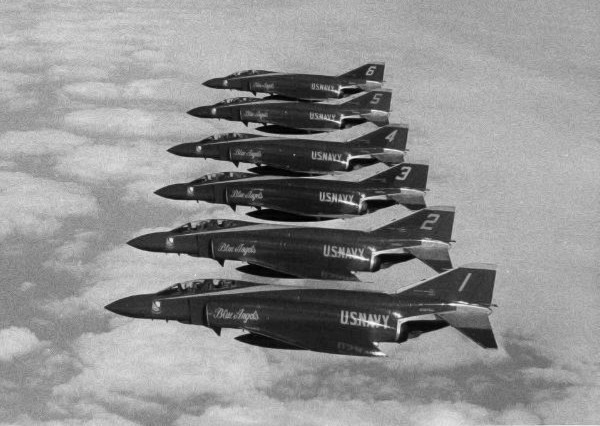
On paper, the F-4X was a marvel that would cruise at Mach 2.4 and sprint at a staggering Mach 3.2.
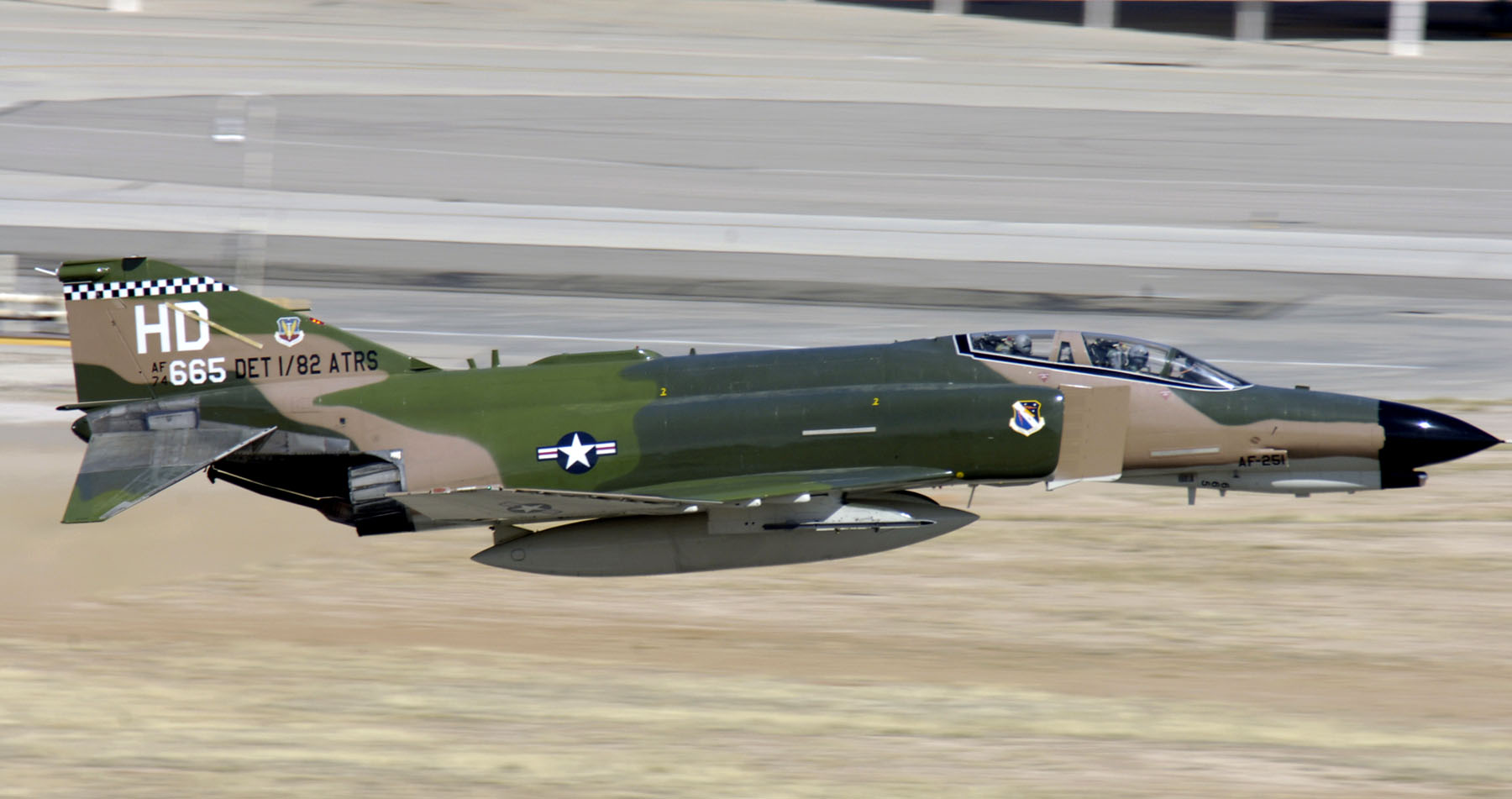
However, challenges soon emerged as is often the case with cutting-edge aerospace endeavors.

General Dynamics, tasked with the project, realized that water injection could lead to engine compressor blades’ expansion, risking catastrophic engine failure.

Additionally, the changing strategic landscape, including the looming introduction of the McDonnell Douglas F-15 Eagle, began to overshadow the F-4X’s promise.

Lastly, the U.S. State Department feared that the IAF would use the F-4X to shoot down a Soviet reconnaissance plane and create an international incident. Quoth Petrinic one last time: “Thus signaled the death knell for the F-4X.”
